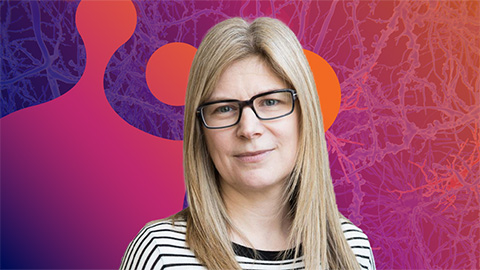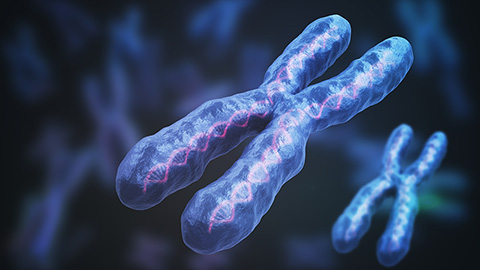
Dancing with metals: Iron copper and reactive sparks
"Sola dosis facit venenum" or "the dose makes the poison." This timeless adage holds particularly true in the realm of metals and oxidants, where the delicate balance between sufficiency and excess is paramount. Inadequate levels render an organism incapable of proper functioning, while excessive quantities can inflict irreversible harm. However, at the precise dosage, a harmonious symphony resonates within cellular systems.
While iron and copper play crucial roles in the functioning of numerous cellular proteins, excessive amounts can trigger the cell death mechanisms of ferroptosis and cuproptosis, respectively. Although oxidation is essential for vital cellular processes such as protein folding and signal transduction, excessive oxidation can harm cellular components, leading to cell death. How does a cell effectively regulate the availability of these factors and mitigate their toxic effects?
Submit an abstract
Abstract submission begins Sept. 14. If you submit by Oct. 12, you'll get a decision by Nov. 1. The regular submission deadline is Nov. 30. See the categories.
This compelling question will be addressed at our symposium. Esteemed investigators in the fields of iron, copper and redox biology will cover topics that include organellar redox metabolism and vulnerabilities, mechanisms of metal-induced cell death and metal stress, as well as metal acquisition and dependencies.
Keywords: Copper, iron, redox, metals, reactive oxygen species.
Who should attend: Metalheads and redox biologists, along with individuals keen on delving into the realms of iron, copper and selenium and the intricacies of oxidative stress.
Theme song: “Iron Man” by Black Sabbath. No explanation necessary.
This session is powered by the Fenton reaction.
Redox and metals in biology
Advances in redox homeostasis in biology and disease
Kivanç Birsoy, Rockefeller University
Jessica Spinelli, University of Massachusetts Chan Medical School

Urbain Weyemi (chair), National Cancer Institute
Elena Piskounova, Weill Cornell Medicine
Iron in redox biology: mechanisms and regulation
Adam Hughes, University of Utah
James Wohlschlegel, UCLA
Sarah-Maria Fendt, VIB–KU Leuven Center for Cancer Biology
Gina DeNicola (chair), Moffitt Cancer Center
Copper in redox biology: From fundamental chemistry to cellular function
Katherine Franz, Duke University
Peter Tsvetkov, Broad Institute of MIT and Harvard
Deborah Fass, Weizmann Institute of Science
Siavash Kurdistani (chair), UCLA
Enjoy reading ASBMB Today?
Become a member to receive the print edition four times a year and the digital edition monthly.
Learn moreGet the latest from ASBMB Today
Enter your email address, and we’ll send you a weekly email with recent articles, interviews and more.
Latest in Science
Science highlights or most popular articles

Bacteriophage protein could make queso fresco safer
Researchers characterized the structure and function of PlyP100, a bacteriophage protein that shows promise as a food-safe antimicrobial for preventing Listeria monocytogenes growth in fresh cheeses.

Building the blueprint to block HIV
Wesley Sundquist will present his work on the HIV capsid and revolutionary drug, Lenacapavir, at the ASBMB Annual Meeting, March 7–10, in Maryland.

Gut microbes hijack cancer pathway in high-fat diets
Researchers at the Feinstein Institutes for Medical Research found that a high-fat diet increases ammonia-producing bacteria in the gut microbiome of mice, which in turn disrupts TGF-β signaling and promotes colorectal cancer.

Mapping fentanyl’s cellular footprint
Using a new imaging method, researchers at State University of New York at Buffalo traced fentanyl’s effects inside brain immune cells, revealing how the drug alters lipid droplets, pointing to new paths for addiction diagnostics.

Designing life’s building blocks with AI
Tanja Kortemme, a professor at the University of California, San Francisco, will discuss her research using computational biology to engineer proteins at the 2026 ASBMB Annual Meeting.

Cholesterol as a novel biomarker for Fragile X syndrome
Researchers in Quebec identified lower levels of a brain cholesterol metabolite, 24-hydroxycholesterol, in patients with fragile X syndrome, a finding that could provide a simple blood-based biomarker for understanding and managing the condition.


